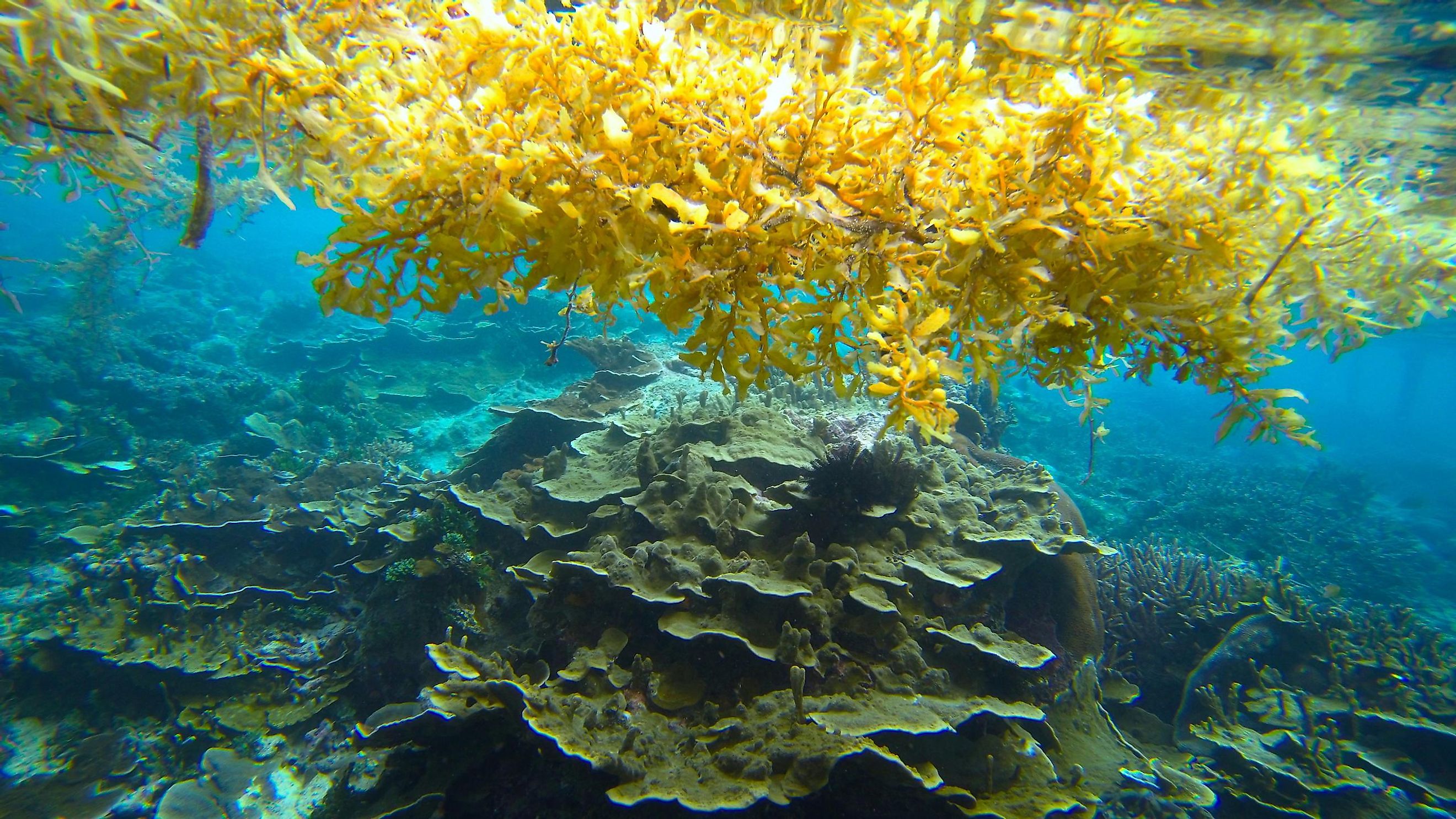
Which Sea Has No Coastline?
Often associated with the infamous Bermuda Triangle, the Sargasso Sea is the only sea in the world without any coastline. With no land boundaries, it is surrounded by four currents which are the Gulf Stream, North Atlantic Current, Canary Current, and North Atlantic Equatorial Current. Notably, it is also home to the famous Bermuda island. Located near deeper regions of the Atlantic Ocean, the sea’s depth averages at approximately 4,500 meters while the deepest point is more than 7,000 meters below ground. Along with this, the Sargasso Sea is known for its prominent and deep blue color with immense clarity up to depths of 60+ meters.
Where Is The Sargasso Sea?
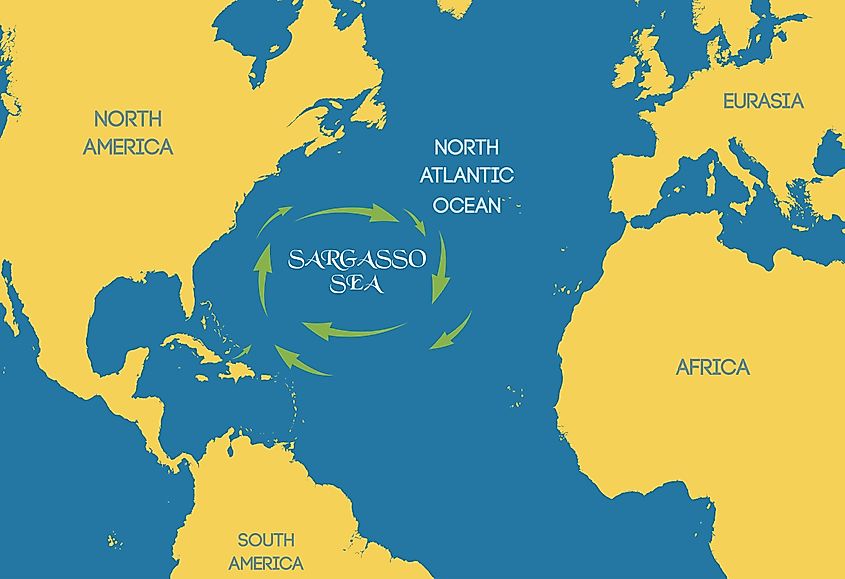
The Sargasso Sea is located within the North Atlantic Ocean just south of the North Atlantic Current. As it does not have any land boundaries, the sea lies slightly to the east of the United States and north of South America encompassing the area between the Gulf Stream and Canary Current on the west and east respectively. Thus, the sea’s boundaries end quite far to the west of the African continent. Apart from this, The Sargasso Sea is shaped similar to an ellipse and it covers an area of approximately 4,163,499 sq. km. That being said, as the area is defined by dynamic currents on all sides, the exact boundaries can fluctuate.
Origin Of The Name
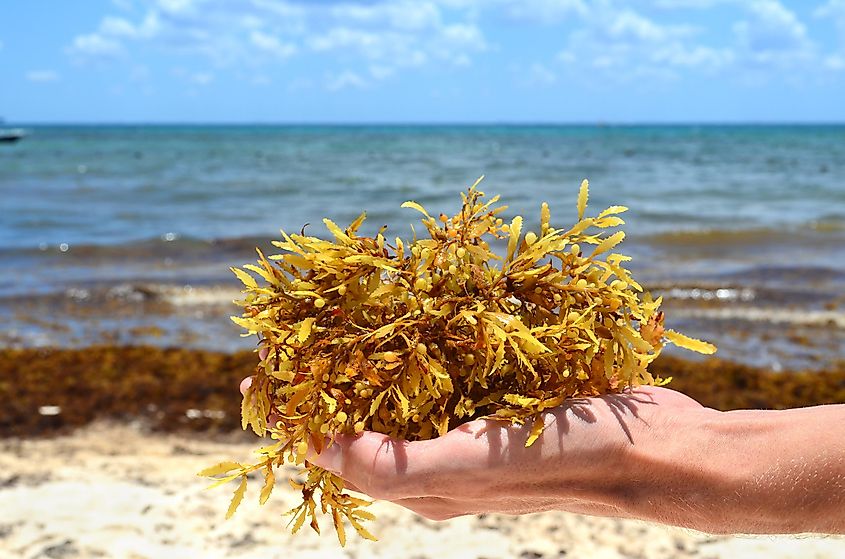
Due to the sea being present within an ocean gyre, it is also one of the only places in the world where the seaweed “Sargassum” is able to grow. This species of seaweed is not only difficult to find, but it also provides a home to many endemic species as well as a breeding ground for eels, whales, and other oceanic animals. Moreover, the seaweed is known for its golden coloration which can cover the ocean floor and creates a sort of golden rainforest within the water. Thus, following the sea’s initial discovery by Christopher Columbus, it was named Sargasso after the beauty of this unique plant.
Brief History
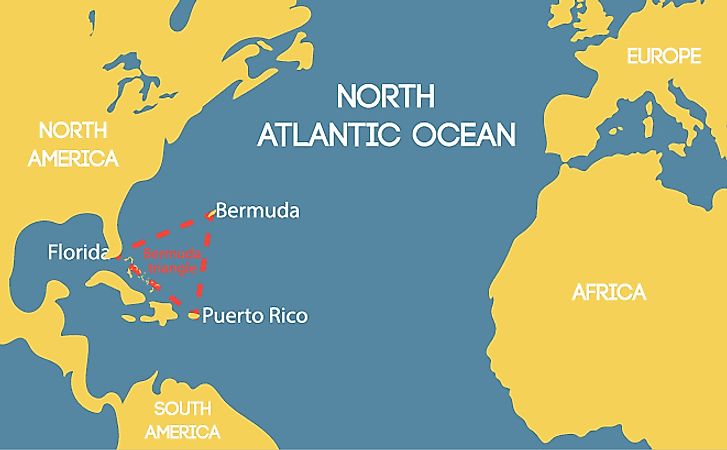
The earliest historical traces of the Sargasso Sea are spread out throughout the 10th and 14th centuries with various claims of a windless sea and a unique seaweed which many believe is the Sargassum which is only found in that area. For example, in the 14th century, a poem used by mariners in nearby waters specified a certain area in the Atlantic being without wind and home to a unique kind of seaweed. That being said, while this poem by the Latin writer Avienius did hold some semblance to the sea, it wasn’t until 1492 that it was mentioned in a written account by Christopher Columbus in his initial voyage. According to his writings, Columbus came upon a unique seaweed that he feared would damage his ship and lead them into unwanted and dangerous shallow waters.
After this, it wasn't until 1609 that the next major event took place in the sea and established its presence in history. Specifically, the wreckage of the 300-ton English ship, ‘Sea Venture’ due to a hurricane began the Bermuda settlements and marked the Sargasso Sea as a prominent place for their livelihood and survival. In more recent years, however, the Sargasso Sea has also come into the limelight for harboring part of the ‘Bermuda Triangle’ which is an imaginary area that many believe holds bad luck for flights and ships.
Water In The Sargasso Sea
One of the Sargasso Sea's most unique features is its water's clarity and coloration. As compared to many bordering water bodies, the Sargasso Sea is known for its deep blue water and immense visibility that stretches for more than 60 meters underwater. Many areas within the sea are also often filled with lines of sargassum due to the prominence of the plant throughout the sea’s floor. However, apart from this, it is also within a position of the North Atlantic Garbage Patch due to which there are large amounts of non-biodegradable plastic waste within the water.
The Climate Of The Sargasso Sea
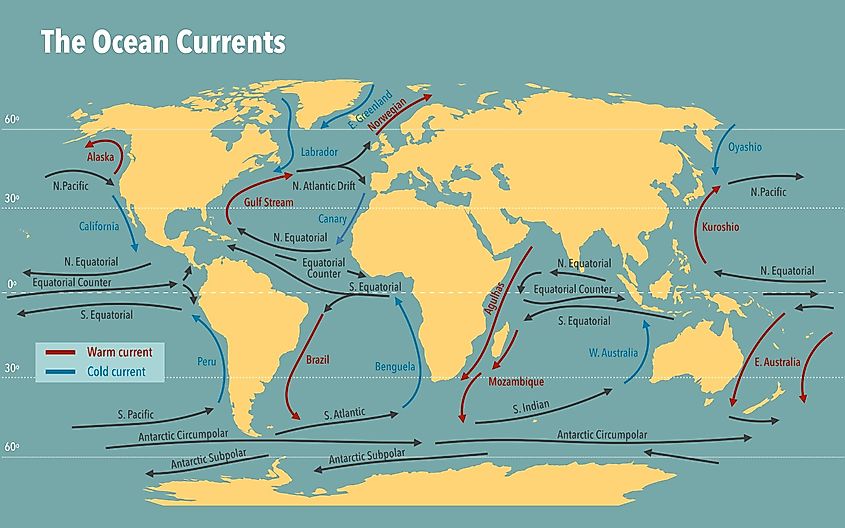
Located within the Northern Hemisphere, the Sargasso Sea can be found within the Tropical and Subtropical zones of the earth. The Sargasso Sea is present within a large global ocean current created by global heat and water fluctuations. Out of the four encompassing currents, of which the Gulf Stream, North Atlantic Drift, and North Equatorial Current create a flow of warm air from the southeast around the west to the north. These currents divide the colder waters into eastern areas to the warmer climate and waters of the Sargasso Sea. Apart from this, the Canary Current in the east brings in southbound cold currents however the overall climate within this region tends to stay warm year-round.
Human Settlements In The Sargasso Sea
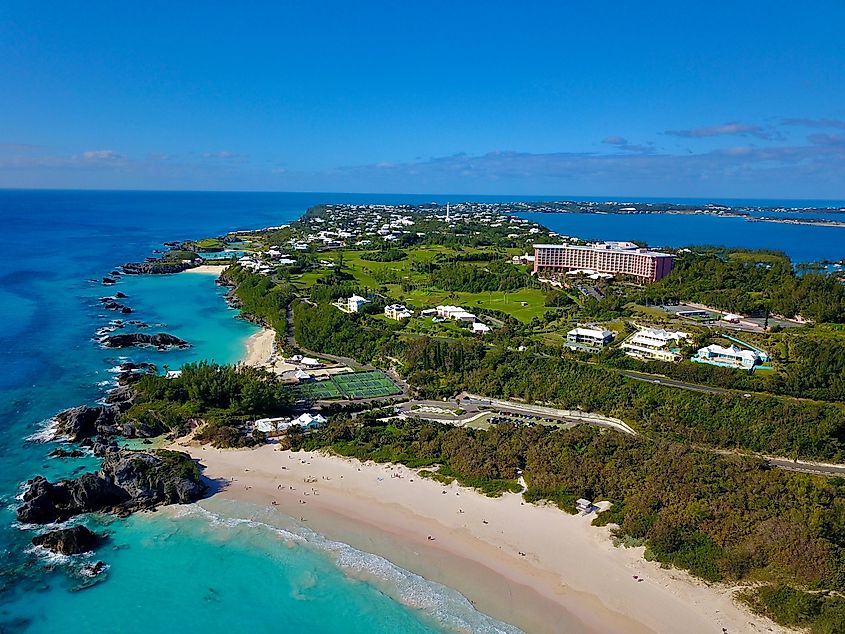
The Sargasso Sea is home to only a single group of islands which is Bermuda along the sea’s western fringes. An archipelago by definition, Bermuda consists of 181 islands out of which only a handful are known to house a significant population or have a prominent infrastructure. The entire area of Bermuda consists of 73% land with the rest being water spread out between the various islands. When it comes to human settlements within the Sargasso Sea, with the Bermuda islands being the only islands within the sea, the entire population lies within the Bermuda islands. Thus, according to the 2019 Bermuda census, the total population of Bermuda and within the Sargasso Sea would be 63,913 individuals.
Marine Life And Protected Areas
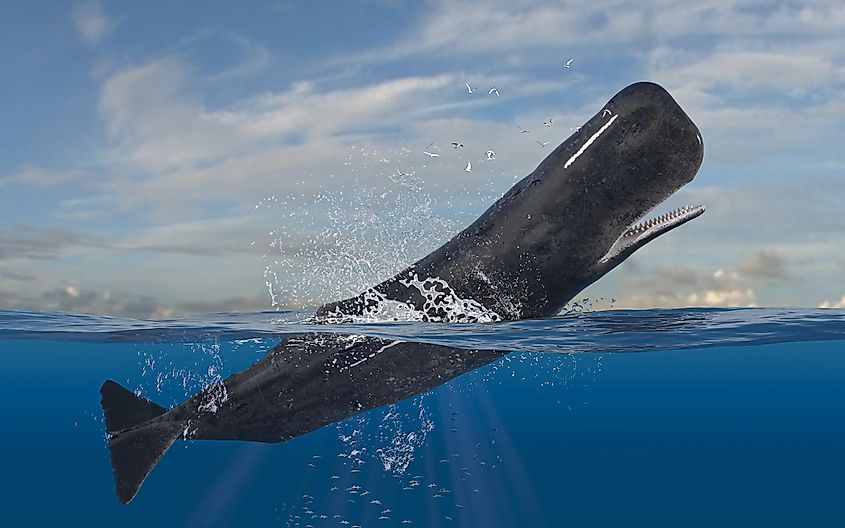
The Sargasso Sea is known for its warm and favorable conditions for the habitat of many species of marine flora and fauna. Essentially, the combination of currents from all sides creates an ocean gyre that provides the area with unique conditions for many plants such as the Sargassum seaweed which is one of the identifying characteristics of Sargasso Sea marine life. This seaweed has a golden color and is only found on the sea’s floor in abundance.
Due to the presence of these Sargassum mats, various endemic species are able to procreate and live in the sea. The large stretches of seaweed create protective areas amongst the still water which are also favorable conditions for the growth of plankton, a vital food source in the water. Fish such as wahoos and tuna, and approximately 30 whale species such as sperm whales and tiger sharks live in or migrate through the region. Apart from fish, the area also has upwards of 25 recorded bird species with the highest density being in areas with large groups of Sargassum.
Due to the presence of such a wide array of marine life and the unique Sargassum seaweed, the Sargasso Sea is an important region for aquatic biodiversity and thus, has been the focus of recent protection campaigns. Specifically, with the cooperation of Bermuda, Monaco, the United Kingdom, the United States, and some other nations, the ‘Hamilton Declaration’ was recently signed to seek the protection of the Sargasso Sea. Moreover, the government of Bermuda has also aimed to create marine protected areas within the Sargasso Sea to protect their EEZ. That being said, while areas in the region are now receiving limelight, the majority of the Sea falls within international waters due to which it is vulnerable to issues such as over-fishing, pollution, and more.
Economy
The Sargasso Sea has been an important economic route and source of income for many nations across the globe. Specifically, it is the most important aspect when it comes to the economy of Bermuda which is highly dependent on the sea for economic income. Specifically, activities such as whale watching, commercial fisheries, recreational fishing, turtle tourism, etc. all constitute large multi-million dollar industries in the region.
In addition to local activities, the Sargasso Sea also facilitates many trade routes across global nations. Specifically, various routes are active between the Western land mass of North America and South America with Eastern nations such as the United Kingdom and Africa. Specifically, the Sargasso Sea’s still waters and low seaweed make it a convenient route for most types of ships to traverse.










